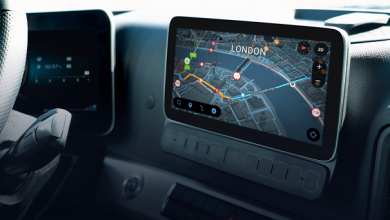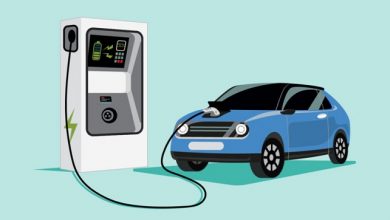COP 27 – Must focus on implementable climate action
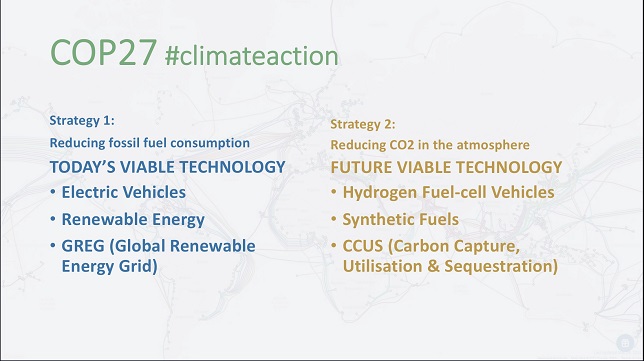
COP27 marks the 30th anniversary of the adoption of the United Nations Framework Convention on Climate Change.
From COP26 to COP27, we have witnessed the catastrophic impact of climate change almost everywhere in our habitat – Planet Earth.
According to ‘Yale Climate Connections’, “At least 29 billion-dollar weather disasters have rocked the planet so far in 2022, said insurance broker Aon in its quarterly disaster report issued October 18. Heat waves in Europe killed more than 16,000 people and nearly 1,700 died as a result of flooding in Pakistan.
The disasters included 14 severe weather events (damages done by thunderstorms, hail, and/or tornadoes), six floods, five droughts, three tropical cyclones, and one European windstorm. Comparing the total damages so far in 2022 to past years is difficult, the broker cautioned, because the 2022 losses are expected to be dominated by Hurricane Ian, and it will some months before those can be tallied.”

Source: https://yaleclimateconnections.org/2022/10/world-rocked-by-29-billion-dollar-weather-disasters-in-2022/
Wildfires have wreaked havoc too in many countries, destroying homes, large tracks of forests & wildlife.
Over the years, we have been constantly warned about fossil fuel consumption & it’s resultant CO2 emissions. However, we expanded our usage of fossil fuels from Coal, to Oil & Gas, and increased consumption year on year, ignoring all the warnings caused by fossil fuels to our environment, and even to our health.
Global CO2 emissions have been increasing rapidly, ever since the Industrial Revolution. From 22 billion tonnes of CO2 emissions in 1990, we now emit over 34 billion tonnes each year.
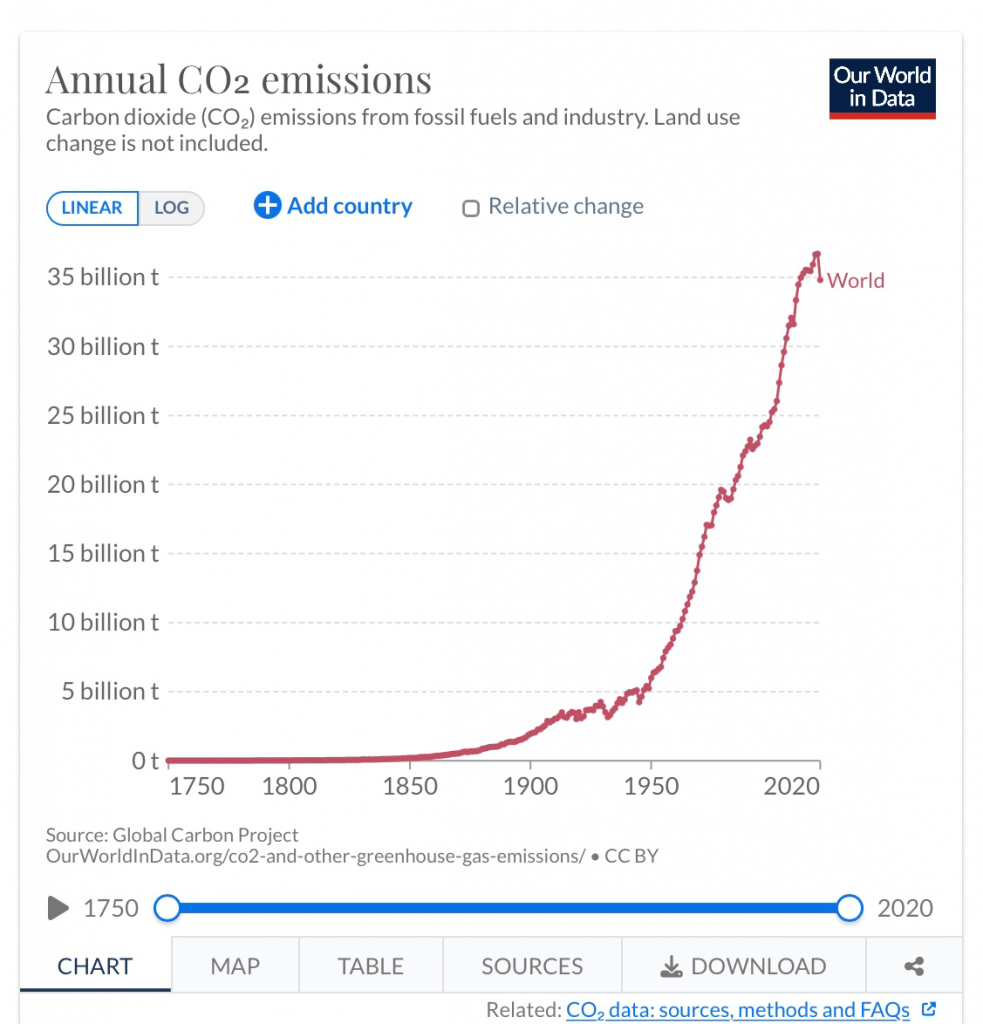
COP 27 must have a well defined 2-pronged strategy to reduce CO2.
Focus must be on quickly adopting ‘today’s viable technology’, such as Renewable Energy (RE) + (EV) Electric Vehicles, instead of depending on ‘future viable technologies’ such as Hydrogen, synthetic fuels, carbon capture & storage etc.
COP27 CO2 Strategy 1: Reducing fossil fuel consumption & it’s resultant CO2 emissions everyday.
COP27 CO2 Strategy 2: Reducing existing CO2 in the atmosphere.
COP27 CO2 Strategy 1: Reducing fossil fuel consumption & it’s resultant CO2 emissions everyday using today’s viable technologies.
‘Renewable Energy (RE) + (EV) Electric Vehicles ’ will help to drastically reduce fossil fuel consumption, and it’s resultant carbon emissions.
BNEF estimates EV’s to displace 17.6 billion barrels of oil per day by 2040, resulting in CO2 emissions reducing by 2.57Gt a year from road transport.
Renewable Energy can also power rail transport, homes, businesses & industries, leading to more reductions in carbon emissions.
#cop27 #climateaction #renewableenergy #GREG
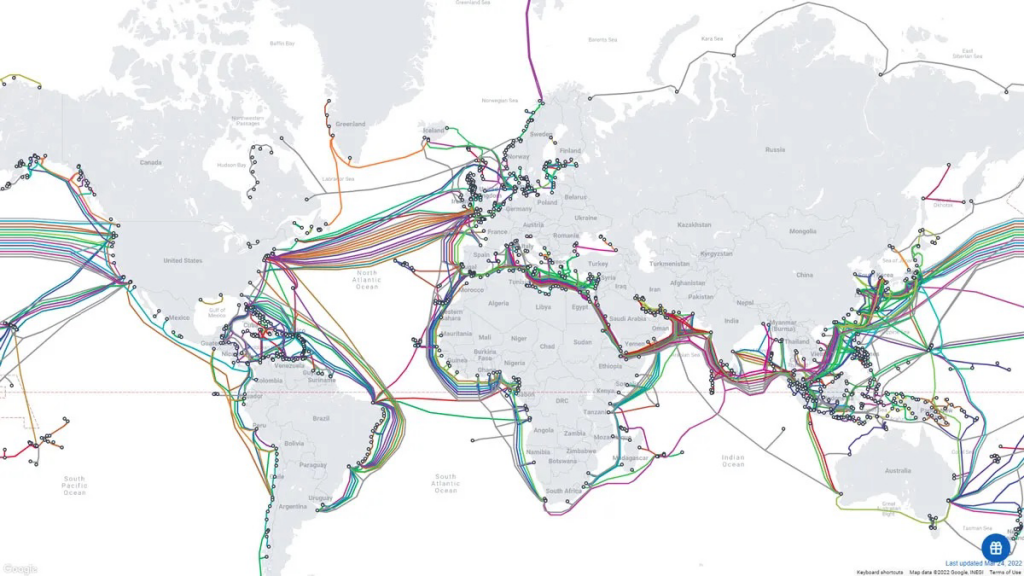
Build a ‘Global Renewable Energy Grid (GREG)’ on the lines of ‘World Wide Web (www)’.
The sun never sets, solar is the cheapest energy to produce, and we have a lot of wastelands to setup solar plants. Other renewable energy sources such as wind & hydro can be connected to the GREG, including clean energy from existing nuclear energy plants. However, we must refrain from building new nuclear plants, because nuclear waste needs to be managed over 300 years, a liability for future generations.
With a ‘GREG’, Renewable Energy can continuously flow (bidirectional) from daytime zones to night-time zones. National grids and regional grids can be connected to the ‘GREG’.
Plans are already on for undersea cables to transmit renewable energy from Africa to Europe, and from Australia to Singapore.
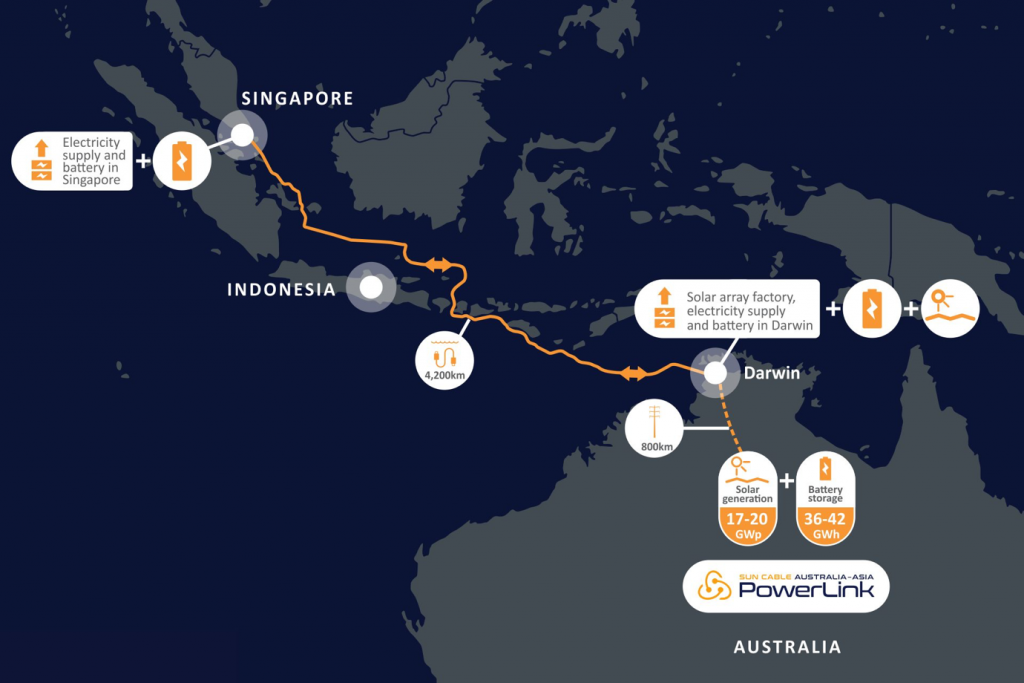
The ‘Global Renewable Energy Grid (GRID)’, needs to get connected around the world : Australia – India – Arabia – Africa – America – Australia & from Africa to Europe etc. so as to be able to provide renewable energy to all countries globally to meet their decarbonisation commitments. GREG needs to be institutionalised, with proper funding, so as to promote and oversee the development of national / regional / global grids to transmit renewable energy 24/7/365 with public/private partnerships.
#cop27 #climateaction #electricvehicles
Electric vehicles (EV’s) are cheaper to run and more eco-friendly than polluting fossil fuel powered vehicles emitting CO2. According to the International Energy Agency (IEA) we need about 2 billion EV’s to be on the road by 2050 for the world to hit net zero. Government’s must quicken the pace of adoption of EV’s with more favourable policies, incentives and infrastructure. Switching all public transport fleets to electric vehicles, powered by renewable energy must become a priority. This can drastically reduce on a daily basis, fossil fuel consumption & it’s resultant CO2 emissions.
Strategy 1B.
#cop27 #climateaction #greenhydrogen
‘Green Hydrogen’ isn’t going to be commercially competitive in the near future as a fuel for road transport vehicles, because of high costs of storage, transport & distribution.
However, Hydrogen is essential as a component or catalyst to manufacture Ammonia, Steel, Glass, Electronics, Medical & Food processing etc., perhaps, the first step is to quickly replace all fossil fuel based hydrogen (black / brown / grey) used in manufacturing plants, with ‘Green Hydrogen’ produced from renewable energy.
Not sure whether hydrogen will ever become essential or commercially viable as a fuel in road transport (except for captive usage), however, it may become commercially viable (over time) as a fuel for air or sea transport. Fortunately, rail transport switched to electricity from coal & diesel, without too many issues.
‘Green Hydrogen’ to store renewable energy, instead of using batteries, may become a necessity or commercially viable in certain circumstances.
Strategy 1C.
#cop27 #climateaction #biodiversity
Focus must also be on rejuvenating the soil, in planting more trees and in reforestation, so as to adopt nature based solutions to absorb excess CO2 in the atmosphere, and enhance food production.
COP27 CO2 Strategy 2: Reducing existing CO2 in the atmosphere.
Climate tech is slowly becoming a favourite of investors, focused on ‘future viable technologies’ such as ‘Carbon Capture, Usage & Storage (CCUS)’. All these new technologies will take considerable time to mature & become viable, but our habitat ‘Planet Earth’, will require all our efforts now to keep it habitable for us and our future generations.
COP27 must allocate budgets on top-priority for reducing fossil fuel consumption & it’s resultant CO2 emissions everyday, by investing in building a Global Renewable Energy Grid (GREG). This will enable all countries globally to switch to clean energy 24/7/365, which can drastically reduce consumption of polluting fossil fuels & it’s resultant CO2 emissions. Wishing COP27 all success…

Christie Fernandez
Climate action entrepreneur, focused on clean transportation & energy.

